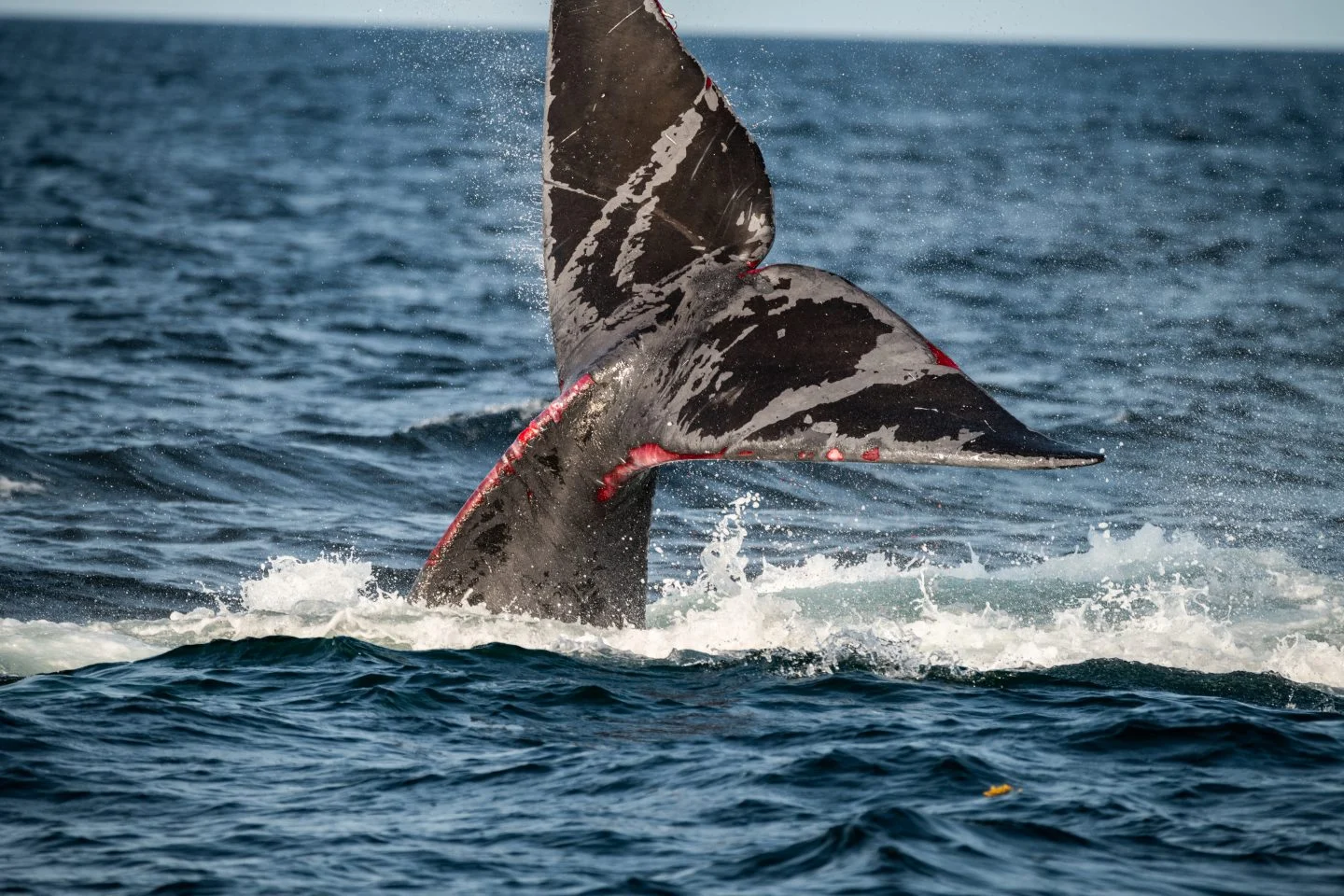
The North Atlantic right whale (NARW) has been officially recognized as an endangered species according to the Endangered Species Act since 1970 (NOAA Fisheries, 2024). With only 360 individuals remaining, 70 of which are reproductively active females, understanding their past and current challenges is crucial for a more hopeful future.
Baleen whales were commercially hunted from the 16th to 19th century for their valuable blubber and baleen plates. During the peak of whaling, it was quickly realized that the North Atlantic species not only possessed the thickest layer of blubber but also remained floating at the surface after being harpooned. These characteristics earned them the name right whale, as they were the “right whale” to hunt, and thus made them a primary target. By the 19th century, their numbers had decreased to the point where they no longer played a significant role in the whaling industry. The International Whaling Commission acknowledged that NARWs were on the brink of extinction and committed to globally protect the species in 1946 (Greene & Pershing, 2004). However, despite decades of protection, why has the population failed to recover?
With the end of commercial whaling, there was hope that the population of the NARW would gradually recover however, the reproduction rate is unable to keep up with the rate of mortalities. In addition to vessel strikes and fishing gear entanglement being the primary causes of death, the inevitable crisis of climate change has also been discovered to be a major contributing factor.
Through previous years of tracking NARW migration patterns, scientists revealed that right whales travelled annually to the Bay of Fundy. The Bay holds great significance for this species, particularly due to its abundance of copepod plankton, which are known as the primary food source for the NARWs.
Now, with the Bay of Fundy being the fastest-warming ocean region across the globe, copepods are adapting in ways that are proving to be detrimental to the right whales (Bucci, Thomas, & Cetinić, 2020). A recent study confirmed this correlation by examining the size and lipid content of copepod populations. The study found that warmer water temperatures are negatively associated with copepod size, resulting in reduced energy intake (lipid) for North Atlantic right whales (Helenius et al., 2023). As a result, these whales are not only shortening their migration route to preserve their energy, but also fail to meet the energetic requirements needed to reproduce. If mom isn’t eating a substantially nutritious diet, is she really going to want to grow and birth a 2,000 lbs calf? I know I wouldn’t!
NARWs are therefore changing their migration trajectory in hopes of finding higher-quality food as temperatures are increasing. Previously, along the Western Atlantic coast, shipping lanes were diverged and speed limits were enforced during the seasons when right whales were likely to be present. But now that groups are travelling to colder waters with higher prey quality, these regions have yet to catch up and enforce these lifesaving regulations (NOAA Fisheries, 2024).
This discovery allows scientists to track and predict NARW populations based on prey quality and water temperatures. By doing so, it can hopefully limit the amount of vessel strikes and fishing gear entanglement by laying out regulations sooner rather than later. The earlier we can detect these changes, the closer we are to saving the right whale species. As a community, our job is to continue to educate and spread awareness on these occurring topics so that they will not only have a past but will be given a chance for a brighter future!
Written by: Gaby Caird
References:
- NOAA Fisheries. (2024). North Atlantic right whale. Retrieved June 4, 2024, from https://www.fisheries.noaa.gov/species/north-atlantic-right-whale
- Greene, C.H., & Pershing, A.J. (2004). Climate and the conservation biology of North Atlantic right whales: the right whale at the wrong time? Ecology, 5(2), 29-45. https://esajournals.onlinelibrary.wiley.com/doi/full/10.1890/1540-9295%282004%29002%5B0029%3ACATCBO%5D2.0.CO%3B2
- Bucci, A. F., Thomas, A. C., & Cetinić, I. (2020). Interannual variability in the thermal habitat of Alexandrium catenella in the Bay of Fundy and the implications of climate change. Frontiers in Marine Science, 7, Article 587990. https://www.frontiersin.org/articles/10.3389/fmars.2020.587990/full
- Helenius, L. K., Head, E. J. H., Jekielek, P., Orphanides, C. D., Pepin, P., Perrin, G., Plourde, S., Ringuette, M., Runge, J. A., Walsh, H. J., & Johnson, C. L. (2023). Spatial variability in size and lipid content of the marine copepod Calanus finmarchicusacross the Northwest Atlantic continental shelves: implications for North Atlantic right whale prey quality. Journal of plankton research, 46(1), 25–40. https://doi.org/10.1093/plankt/fbad047
- Knowlton, A. R., Hamilton, P. K., Marx, M. K., Pettis, H. M., & Kraus, S. D. (2012). Monitoring North Atlantic right whale Eubalaena glacialis entanglement rates: a 30 yr retrospective. Marine Ecology Progress Series, 466, 293–302. http://www.jstor.org/stable/24876125

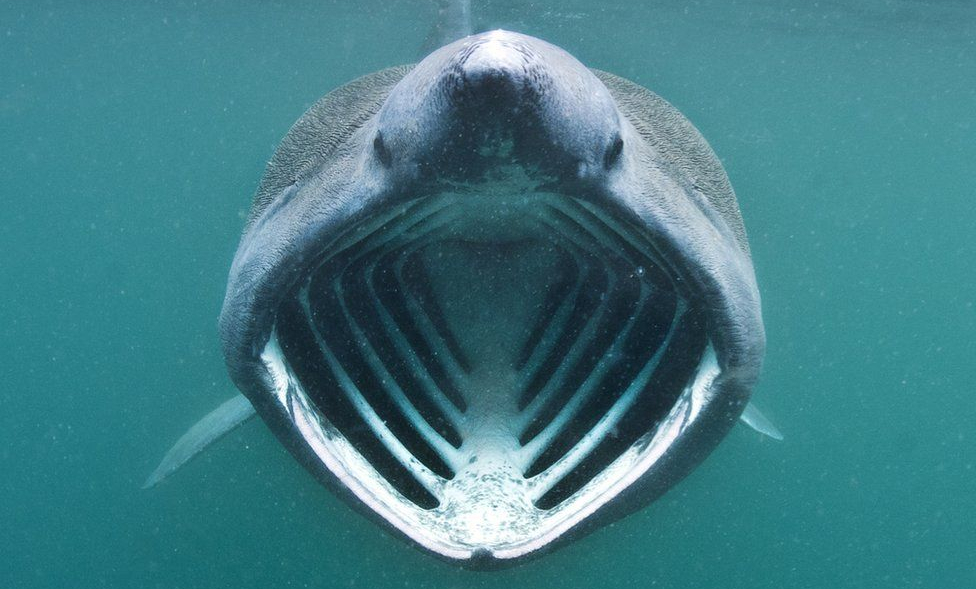

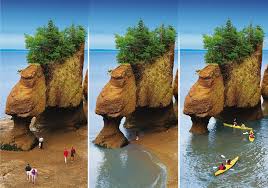
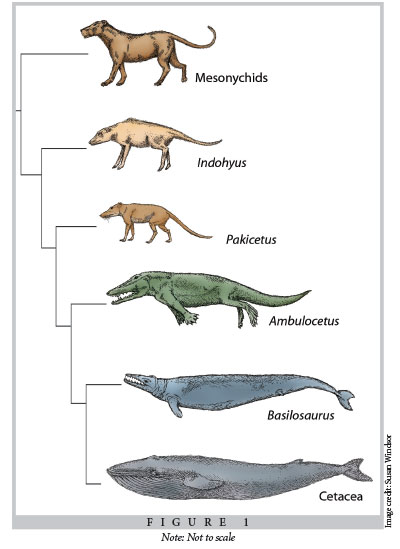
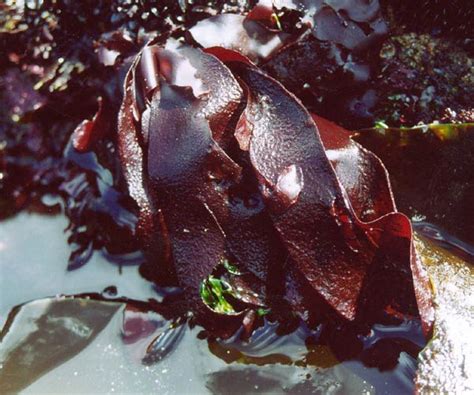
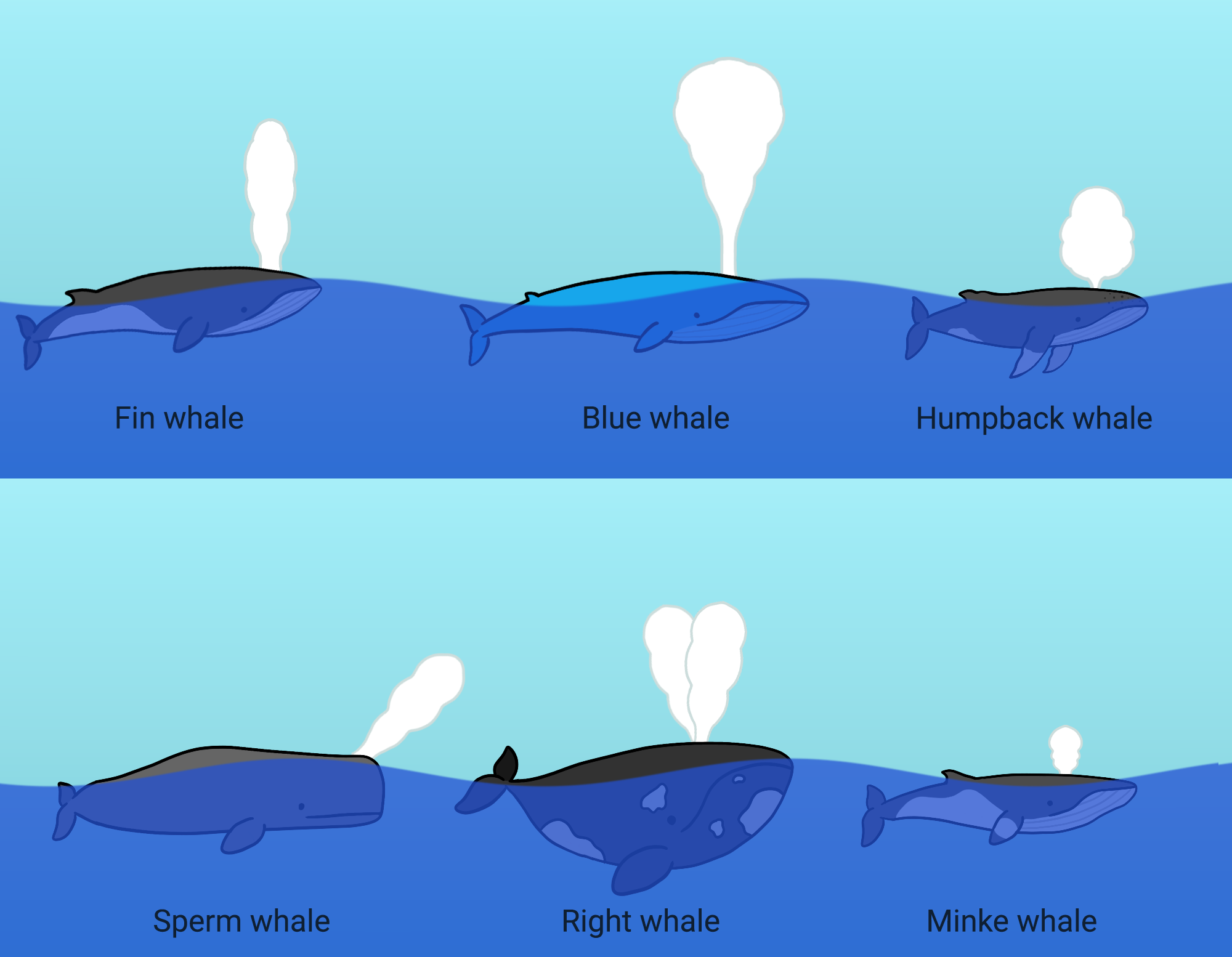
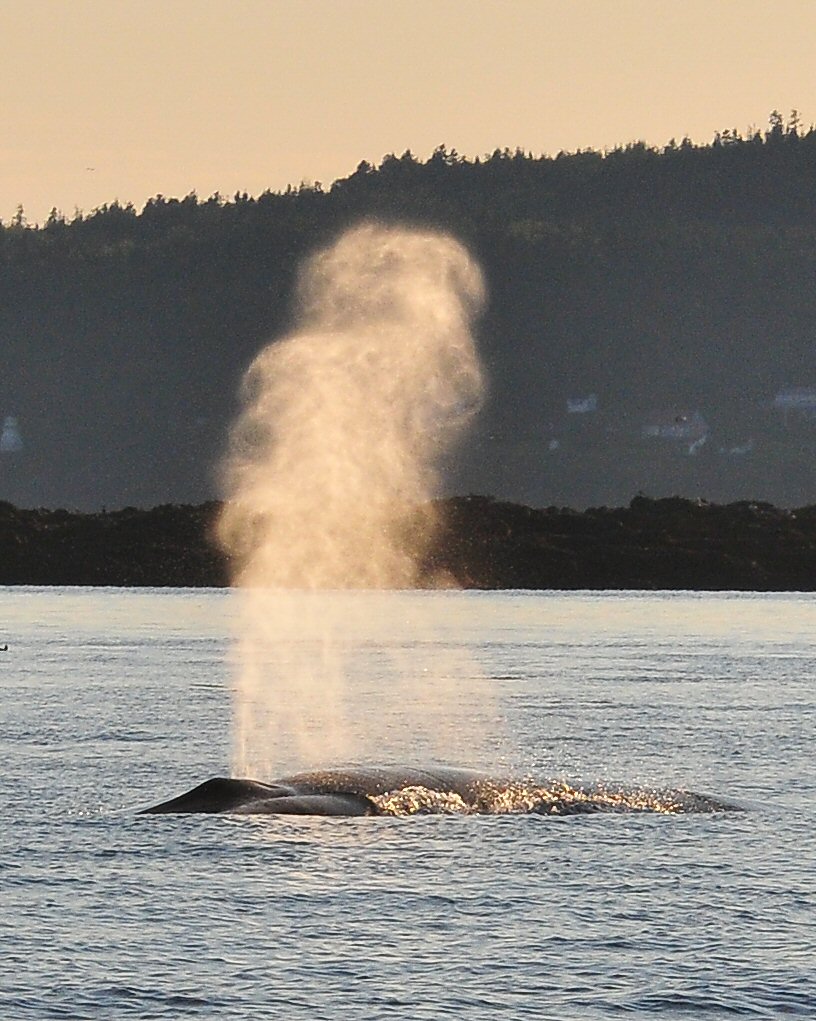
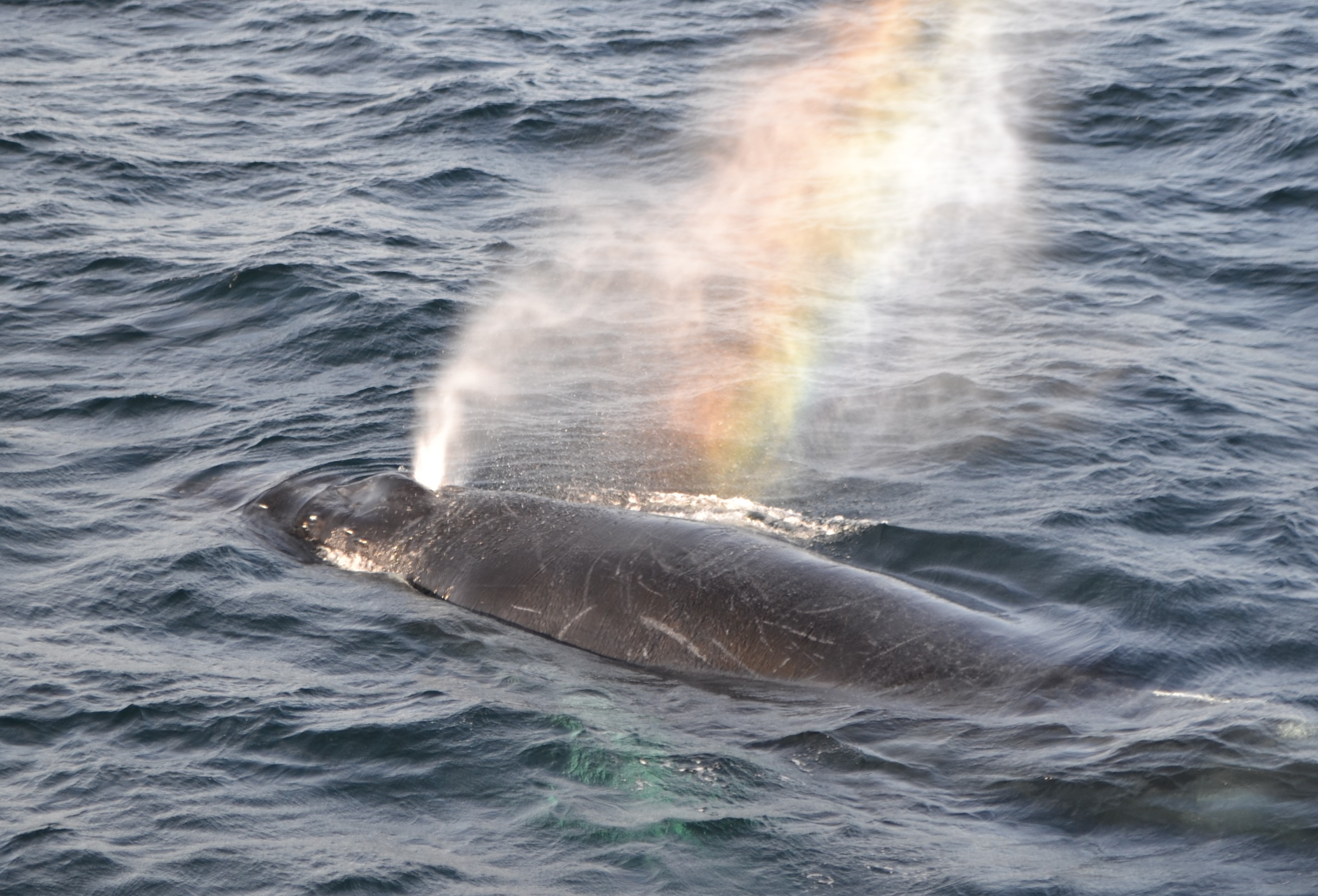
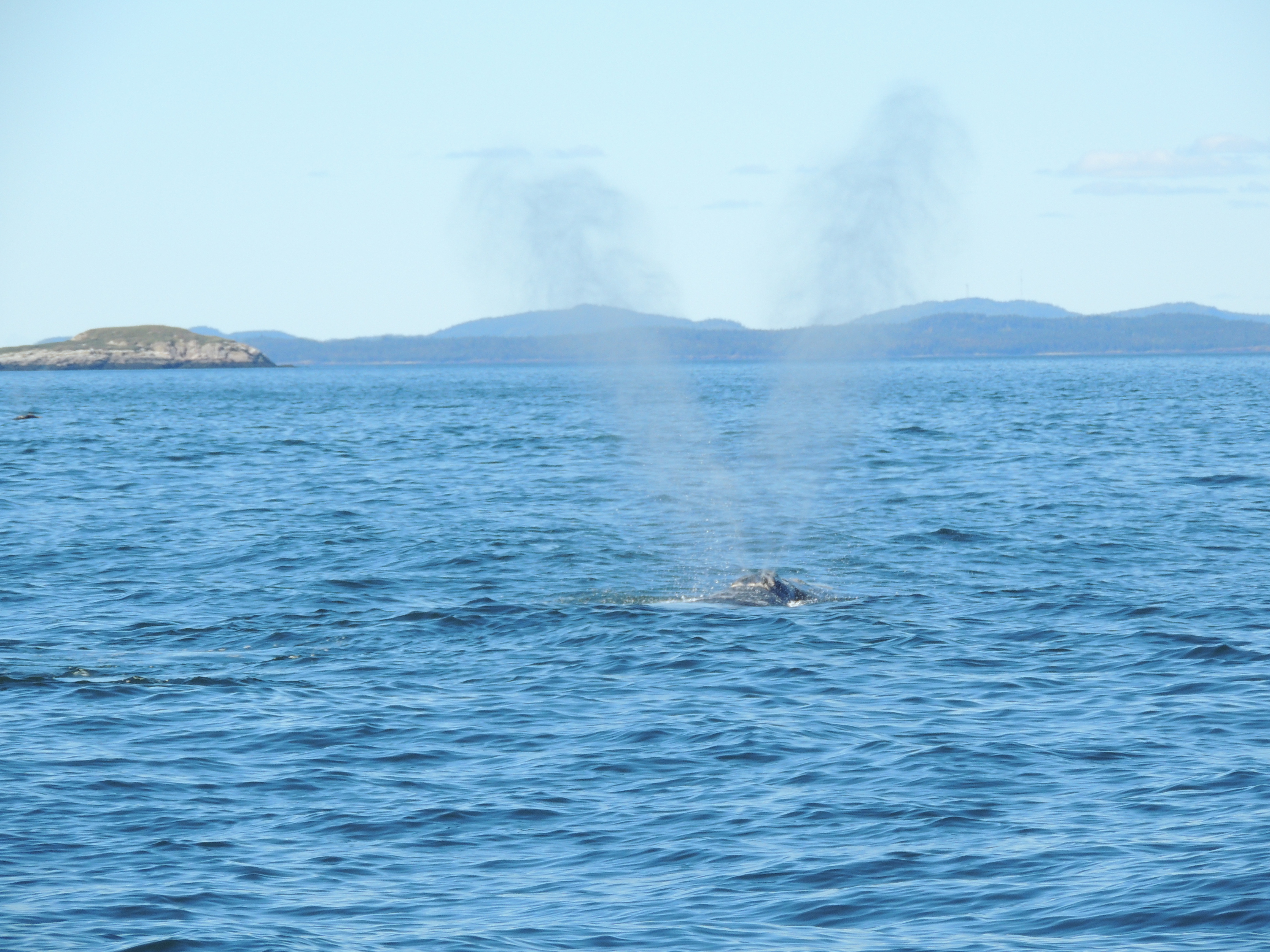
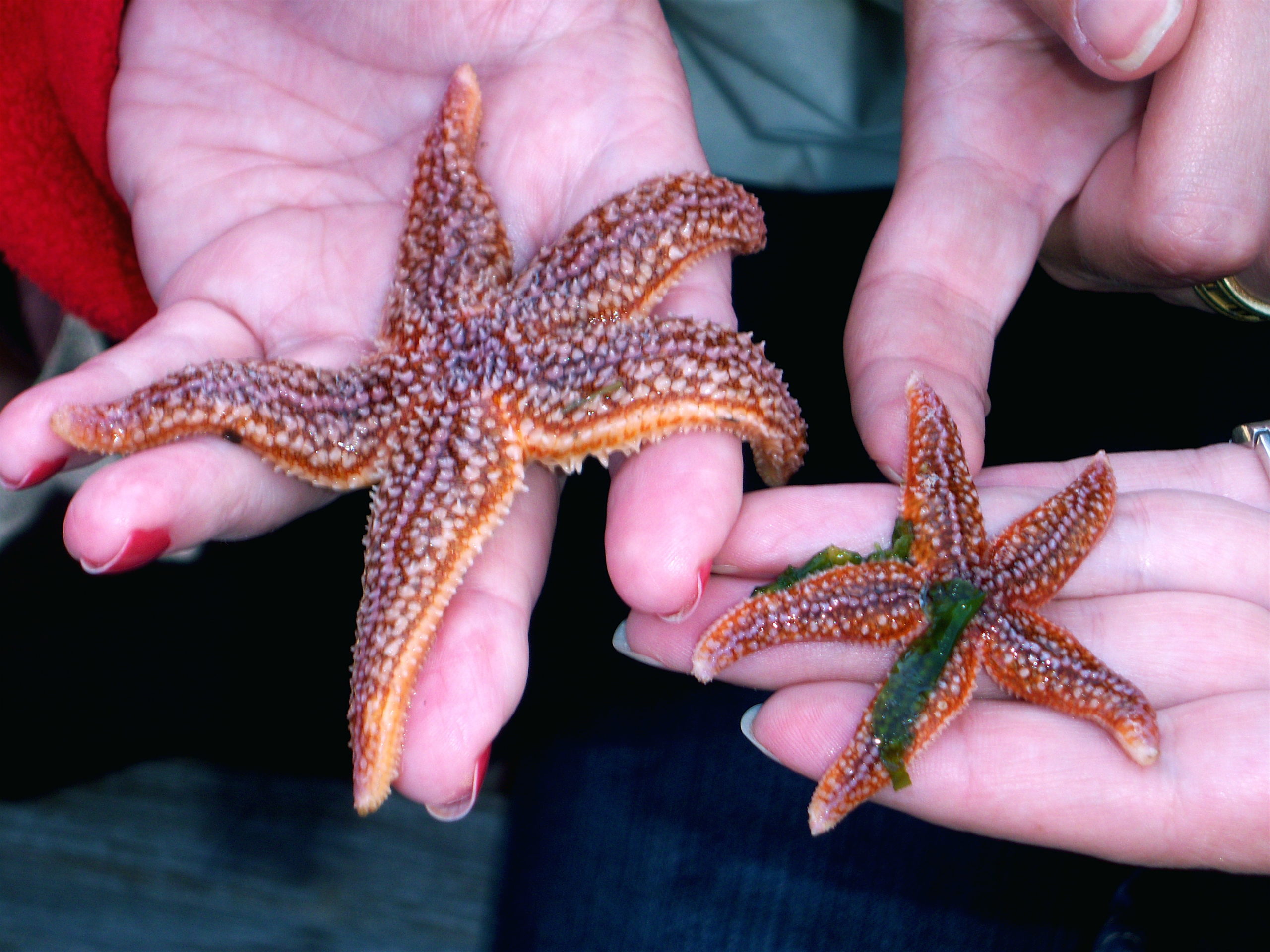
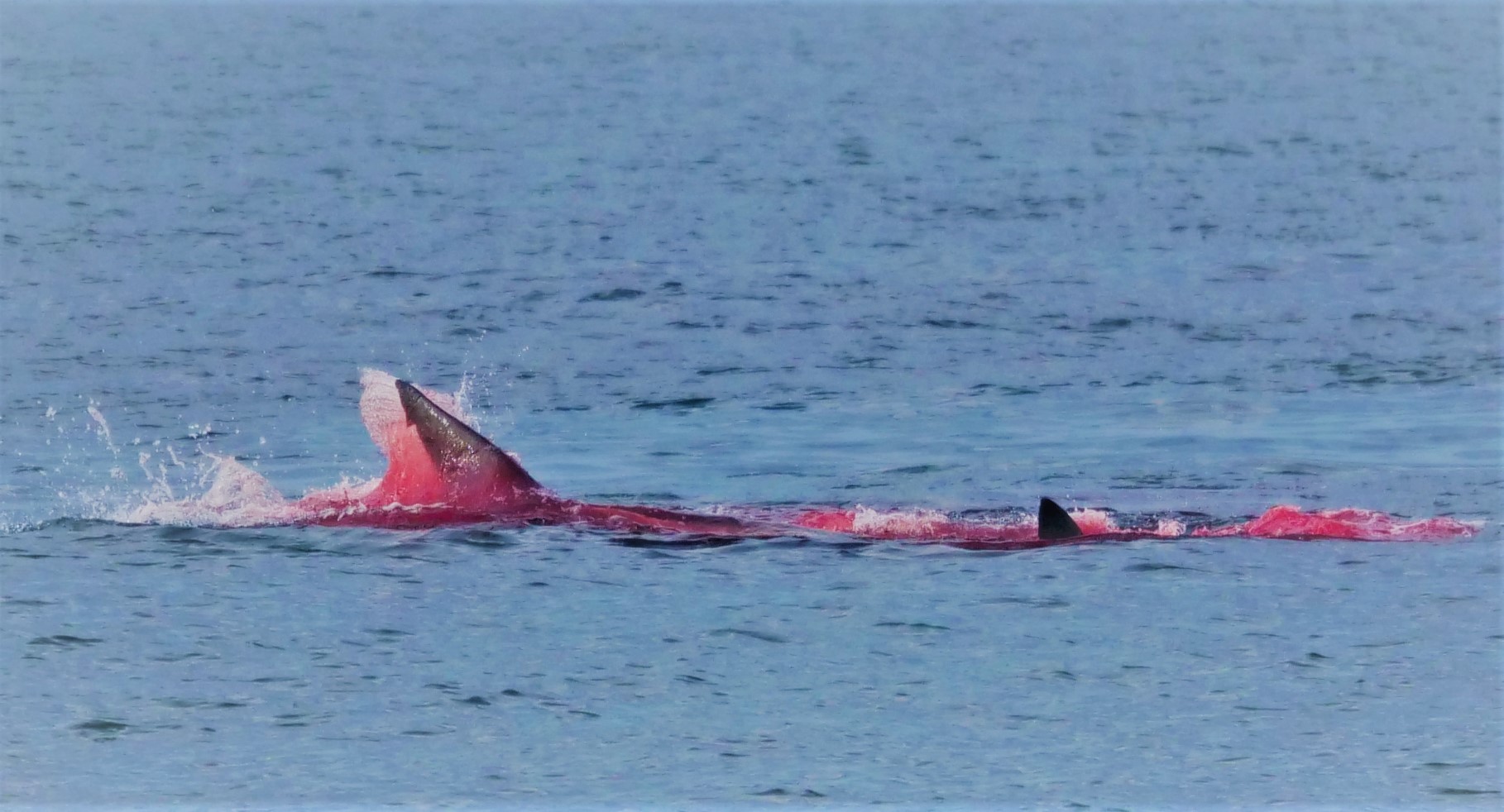

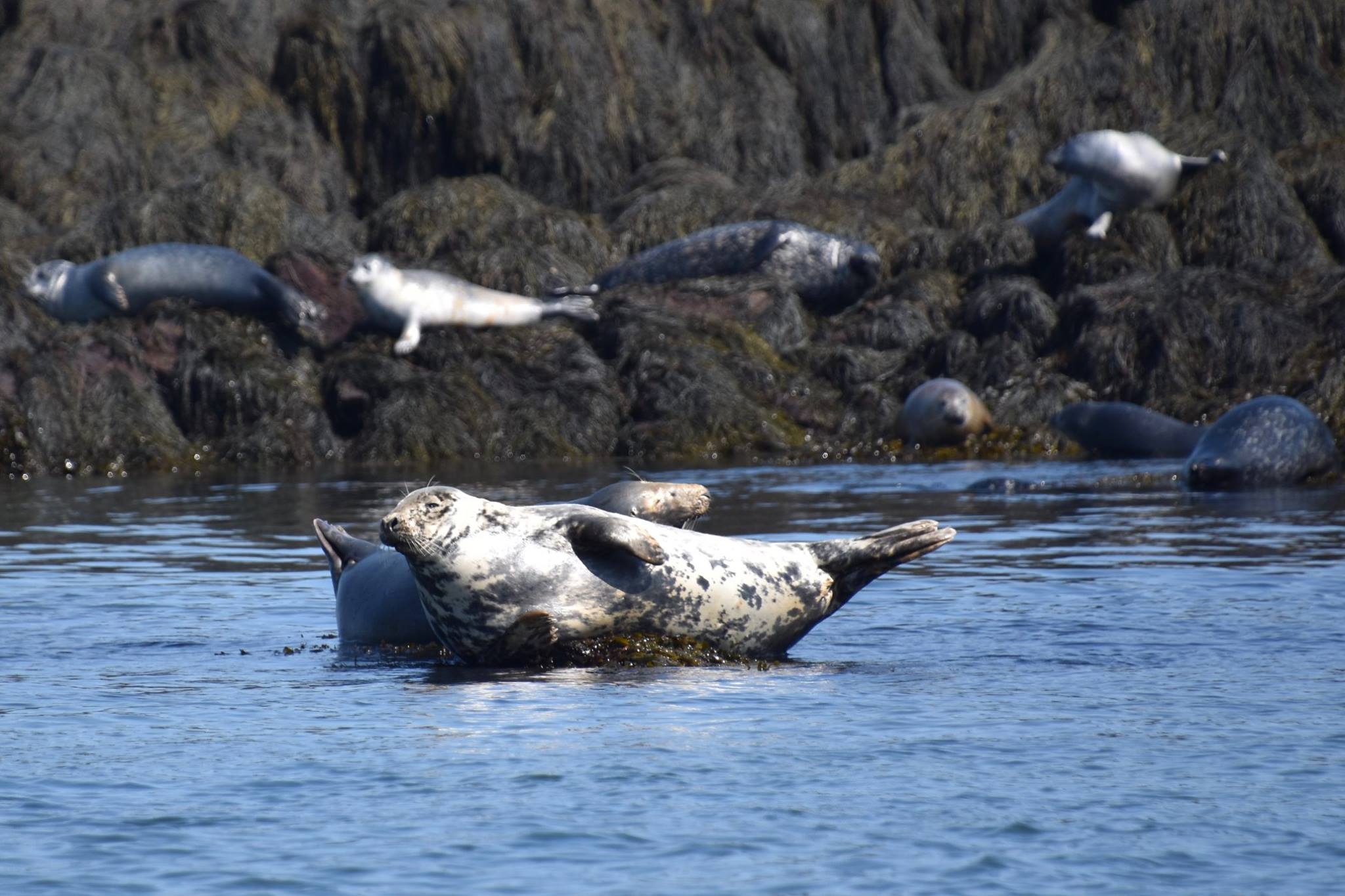
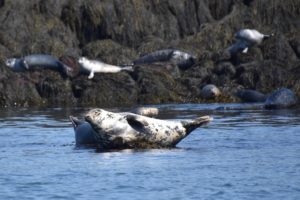 Four species of seals, including grey, harbour, harp and hooded seals, are commonly observed on shorelines around the Maritime provinces.
Four species of seals, including grey, harbour, harp and hooded seals, are commonly observed on shorelines around the Maritime provinces.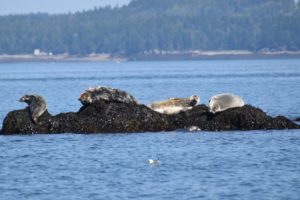 Different seals species may have different haul-out patterns depending on physical constraints like air temperature, wind speed and time of day. In addition to these, there are also biological constraints such as moulting, age and sex and geographical limitations that could affect the range and number of individuals at one location.
Different seals species may have different haul-out patterns depending on physical constraints like air temperature, wind speed and time of day. In addition to these, there are also biological constraints such as moulting, age and sex and geographical limitations that could affect the range and number of individuals at one location.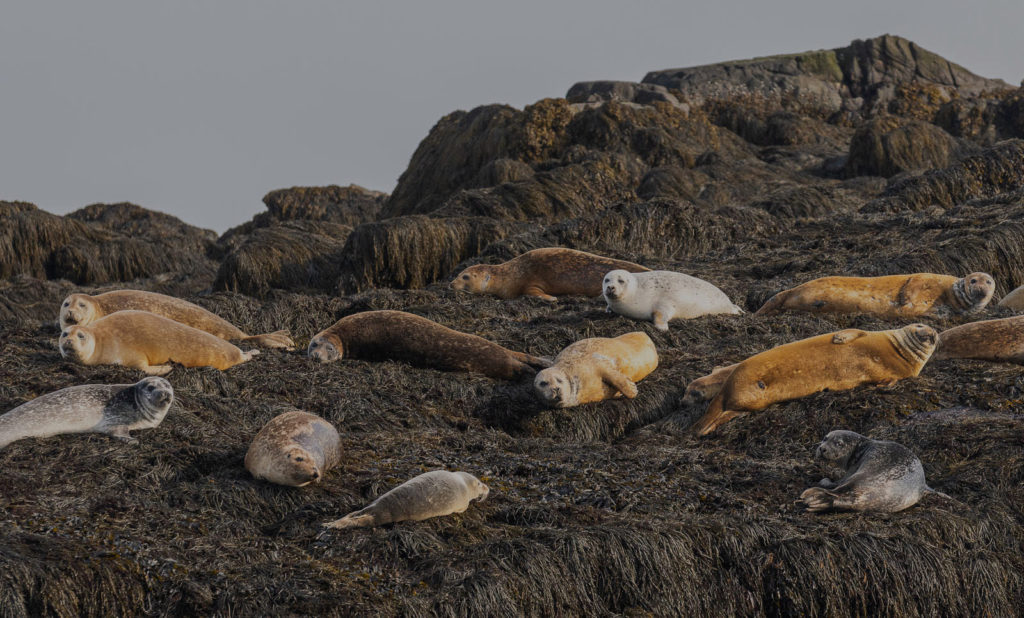
Recent Comments